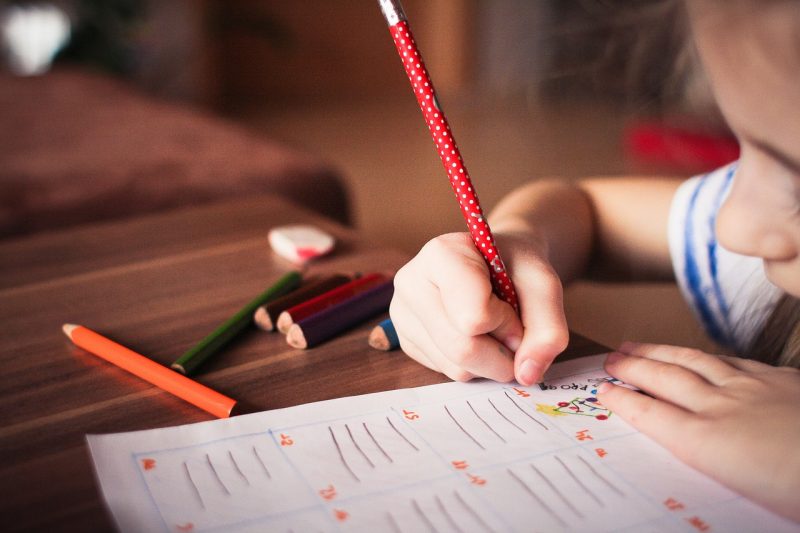“I am not good at Creative Writing”
or Is it ‘Oh!! No!”?
Is it “About What?”?
Are YOUR first thoughts when asked to “WRITE”?
If you have said any of the above statements then this blog post is for you!
Creative writing is an essential skill today not just to pass your English exam but to succeed in every aspect of life. It is called different things. Traditionally referred to as literature, Creative writing is an art of sorts – the art of making things up. It’s writing done in a way that is not academic or technical but still hooks a reader’s attention and captures their interest.
Though the definition is rather loose, creative writing can, for the most part, be considered any writing that is original and self-expressive. The purpose of creative writing is to both entertain and share the human experience, like love or loss. Every book or story you read is an example of creative writing. Every letter you write to a friend or relative is your use of this skill.
You can make anything by writing
– C.S. Lewis
The most important thing to remember is to use your imagination. And the second most important think to remember is to show your reader through your effective use of words the picture of what you wish to say. Today we will work on this crucial aspect of writing which needs you to have a good vocabulary and imagination.
SHOW NOT TELL!
Now let’s say for instance you want to tell your reader that the cup of coffee is hot. You can very simply say that but that is so boring. Right?
So, what if you say “steam from the cup warned me to blow my coffee before sipping it?” Does it convey the message with more clarity?
What’s the difference between ‘Showing’ and ‘Telling’?
Telling is a straightforward explanation of what’s happening. For eg: “There is a dog in the next room.” Showing is conveying the same information through more indirect means: ‘Snuffling could be heard under the door of the next room, punctuated by the occasional yip or whine’.
Of course, there’s a little more at play than just taking different paths to the same result. Consider the examples below; they both describe the same scene, but the first uses telling and the second uses showing.
Here is an interesting example of creative writing:
“Tell” Method: She knows she needs another coffee, so she walks over to the machine and pours herself a cup.
“Show” Method: Hayley, feeling her concentration waning, decides it’s time for that mid-morning second cup of coffee. Steve had helpfully refilled the machine just five minutes ago, and she can already smell the familiar, earthy aroma filling the office. Getting up from her desk, she wiggles her pencil skirt back into its proper position and sidles over to claim the first cupful.
The difference is huge, right?
Each one conveys the same basic information – which is that a woman is getting coffee – but through showing your reader the scene instead of just telling them about it, you can layer a lot more exposition and insight over the same actions. How you convey something is as important as what you’re conveying. Or, to break it down even further.
Telling informs. Showing engages.
Now let’s try to show the following:
A walk through the woods
First, collect sensory words using a mind map if you are walking through the woods what would you see? feel? hear? taste? smell?
Try and use at least two or three of the senses to make the reader experience the feeling through your words.
Try to actually do it yourself before reading my example. Please note yours can be completely different, the point is your words help the reader draw or imagine a picture in his mind.
“My feet crunch on the dry leaves as I make my way through the dark woods, the only sounds I hear are my footsteps and my heartbeat. The smell of the fresh soil lingers in the air mixed with smells that are so unfamiliar to my city-bred nostrils, the soft breeze caressing my face soothes away all my worries and I begin to relax and enjoy my first day in the hills of Darjeeling.”
There you go! we created a beautiful piece of writing in a matter of minutes. With imagination and some practise, you can do it too.
The world is your oyster. Let’s get creative.
What is your biggest challenge in creative writing? Do share and comment in the section below.

